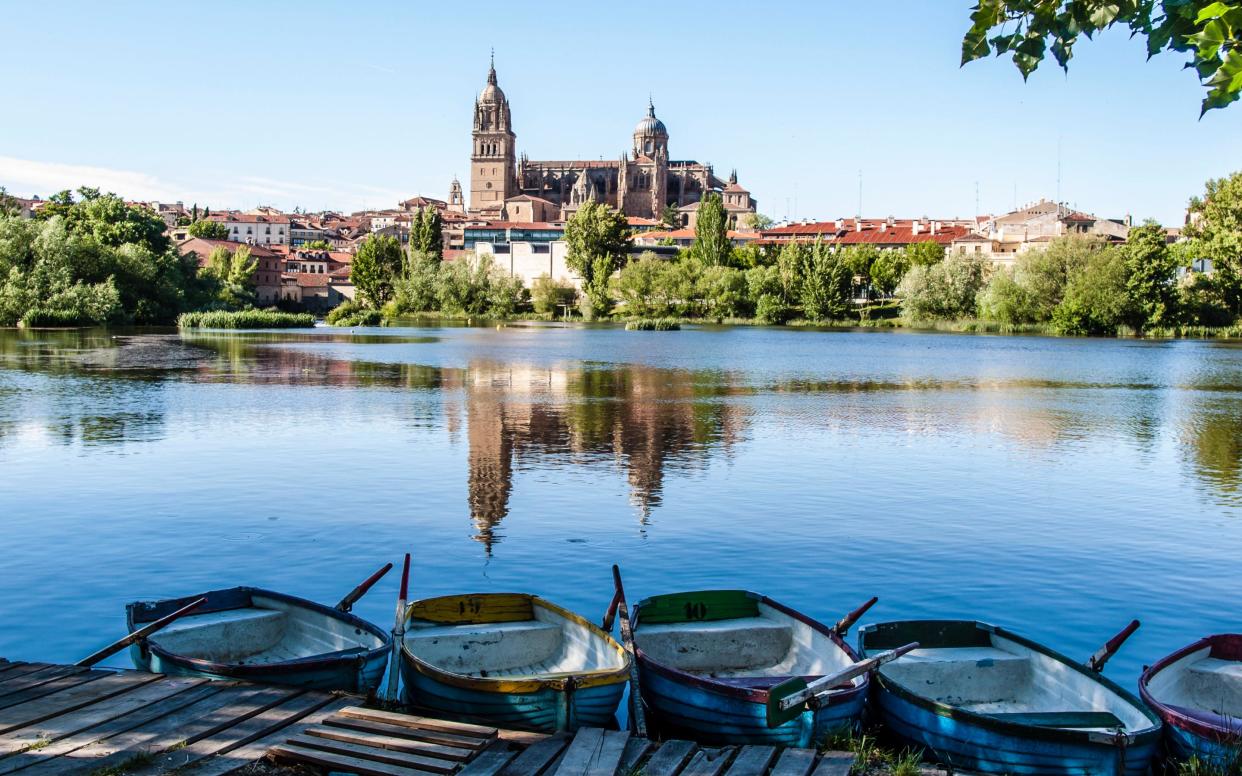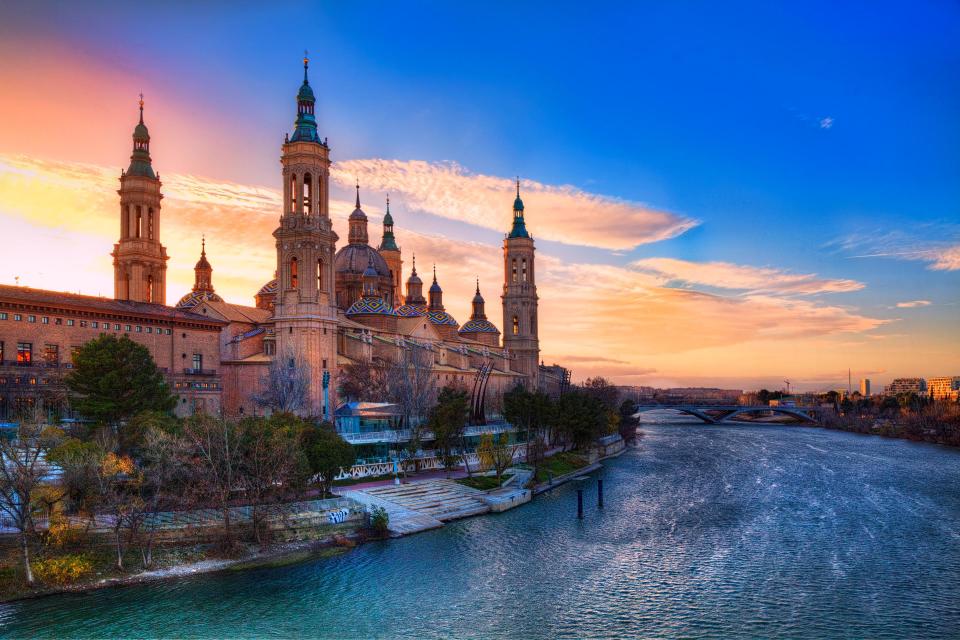'Until we can get back on track, travel with me’ – Michael Portillo on his new rail series

Michael Portillo is back, clutching a Bradshaw’s Guide – but this time it’s different, he tells Adrian Bridge
What’s new about this series?
The key difference is that we have taken the leap into using a Bradshaw’s Guide from 1936 and that opens up a very interesting period in continental history. We have been filming these programmes for 12 years now and they are always developing. We go to different places and we go to different eras. When we started, we were in the middle of the 19th century with our guidebooks, so we had mainly engravings, and the occasional photograph. Now we are moving on to parts of European history for which there is very good newsreel material. This series also looks a bit different; there is more drone footage; we have become more adventurous in how we film.
So where does this set of journeys start?
We begin in Spain in 1936, with General Franco in the ascendancy. We go to Salamanca, where my socialist-leaning father was teaching at the time. Luckily he was not there on the day of Franco’s uprising. I get presented with my father’s Anti-Fascist Intellectuals membership card and am given a glimpse of Franco’s archive of the some two million people classified as enemies. I am also given a tour of the trenches with George Orwell’s son: it is fascinating and, for me, emotional.
What are some of the other highlights?
In France I go to Orleans to gain insights into the enduring legacy of Joan of Arc; in Sicily I learn whether the trains really did run on time under Mussolini. In Germany I visit the stadium built for the 1936 Berlin Olympics and the Zeppelin field in Nuremberg where the rallies were held. Filming proved to be difficult as they were dismantling the stage set up for a rock concert that took place the night before. It’s interesting that, rather than demolishing it, they wanted to normalise the place and use it for public events so there was never any sense that it was a shrine for Nazi sympathisers.
As you say, some quite heavy history; were you worried about that?
I was a bit: this was after all the time of fascism, Nazism, communism. Pretty grim. But the British public is hugely interested in this era and it’s all lifted because the archive is so strong. And I hope there are a few surprises along the way. For example, we are talking about fascism in Sicily and we go and look at the architecture; some of it is pretty interesting. Then we always find ways of lightening the mix. I am famously dreadful at dancing, but we find time to get me doing the Jota in the streets of Zaragoza. I also get involved in some gymnastics in the Czech Republic, where I am cantilevered by two or three terrific gymnasts. My pay-off line: it’s all a matter of Czechs and balances…

What else do you get up to?
In Germany I find myself interviewing a burlesque dancer and talking about the city of Cabaret and Sally Bowles and the writings of Christopher Isherwood. Obviously we couldn’t have anything too risqué, but we do look at how, before the Nazis took over, Berlin had this terrific gay and lesbian scene and was a place where absolutely anything went.
Geographically, are there any fresh departures?
I cross the Arctic Circle in Sweden and go to a place where the sun never sets. I stay in a hotel made of ice and sleep on a bed of ice. I’d recommend it (for one night, certainly). Sweden in 1936 was in a very different place. Rather than preparing for war, they were constructing a welfare state. That model, still in place, was constructed in the 1920s and 1930s.
When do you think our readers will be able to set off on these journeys?
You could probably do most of them now, though it is different if you have to wear a mask and observe social distancing. As with the Spanish flu epidemic of 1918-19 and Sars, I’m sure we will revert to our travel habits. But if people are not sure, or if things close down again, the purpose of this series is to say if you can’t travel in person, then travel with me via your television screen.
Have you got any more programmes in the pipeline?
With things as they are, we are restricting filming to the UK this year, but we have been given the go-ahead for further series stretching into next year, so we are considering options. In the medium term, that might be Egypt and Belarus; longer term, China and Japan. We are already up to something like series 27, but want to carry on. I am always thinking about where our train journeys may take us in the future.
Interview by Adrian Bridge
Great Continental Railway Journeys was filmed before the coronavirus lockdown. The six-part series begins on Wednesday at 8pm on BBC Two.


